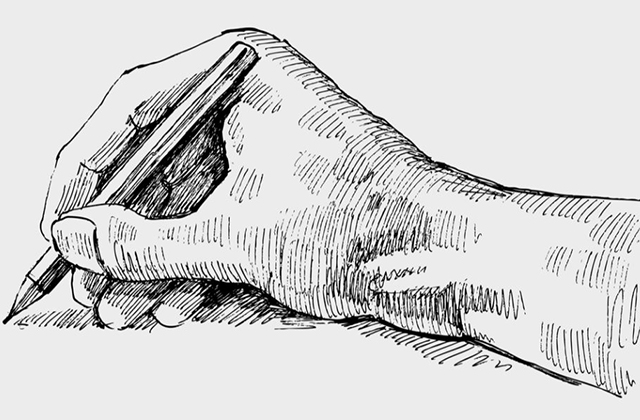A storyboard artist film is a graphic layout that sequences illustrations and images with the purpose of visually telling a story. Like any artist, a good cinematographer must constantly look for ways to hone his or her craft. While it’s easy to say “practice, practice, practice,” it’s harder to find creative and pragmatic ways to expand your knowledge base, day in and day out. Let’s explore these tips and tricks on BC video production that can help you become a better cinematographer.
Take Up Photography:
It’s simple and it’s true: cinematography shares many of its principles with photography. However, you could argue that the stakes are higher in photography as a single frame must maximize all of its elements to convey a feeling and tell a story. Camera settings like exposure, color temperature, and depth of field are as important as framing concepts like the rule of thirds; focus; and foreground, middleground, and background.
Use Instagram:
Like it or not, Instagram is not only a cultural phenomenon for sharing food pics, it’s also a powerful tool for aspiring cinematographers. Depending on how much you want to utilize its potential, Instagram can be a great means to try new perspectives and develop an understanding of what makes certain images stand out. With its in-depth editing options covering everything from contrast to pulling out colors in highlights and shadows, it’s a great program to keep you constantly trying new things.
Practice Storyboarding:
While it may not be the most glamorous part of the profession, storyboarding is often a major part of a cinematographer’s job. According to Broadcasting and Media Production Company, a good cinematographer must often painstakingly storyboard every shot throughout an entire film – often by hand. If you’re a forward-looking individual, check out some of the many online and app options to streamline storyboarding. But make sure you’re ready to dive in deep, as storyboarding is where a true cinematographer can shine.
Try Different Cameras and Lenses:
A good director of photography needs not only a comprehensive understanding of cinematography but also an astute knowledge of camera technology. Finding ways to shoot on different cameras – either by renting, borrowing, or buying – is a great way to expand your camera repertoire. When you do try different cameras, try to understand each camera’s strengths and weaknesses for your specific cinematography style.
Use Different Aspect Ratios:
Another way to get a cinematographer out of his or her comfort zone (which is important for growth), is to practice shooting in different aspect ratios. A good cinematographer should have a comprehensive understanding of what it takes to shoot in everything from a 1:1 box to 2.35:1 Cinemascope. A DP will have a major say in what aspect ratio is right for a project and will make their selections and recommendations based on what the story dictates.
Learn to Color Grade:
As film crews are continuing to shrink and roles continuing to merge, a good cinematographer in today’s multifaceted environment needs a good understanding of color grading – if not how to double in that role altogether. If you think about it, it really makes sense for a DP to know how an image is going to color in the post and how to shoot intentionally to prepare for those results.
Watch Tutorials:
We truly live in a golden age of information as pretty much anything you want to learn, you can learn online by watching videos. Filmmaking may be one of the great examples of the democratization of knowledge, as there is an endless number of videos that can explain everything from cinematography basics to camera breakdowns to a litany of concepts, tips, and tricks.
Use a director’s viewfinder, a still camera, or any other instrument that allows you to create a frame to see the world around you. Good compositions work not only because of what is included in the frame but also because of what is left out of it. Using any device (even your hands) to create a frame will allow you to train your eye and better understand the visual relationships of the elements contained within it.
Know what your lenses can and cannot do. The lens you choose can radically alter the visual relationships between elements in your frame; understanding how different lenses affect space, the look of your subjects, and the amount of light you can work with is fundamental if you want to have complete control over your images.
Use depth of field as a creative element of your composition. Choosing what is in and out of focus is one of the most powerful ways to control the information contained in your frame, and therefore shape what an audience gets out of your compositions.
Have a clear understanding of the narrative function of your composition. A good storyteller knows how to emphasize certain moments in a story and details in a frame. It is imperative that you understand the dramatic purpose of the moment you are capturing so that you can arrange the visual elements within the frame accordingly. Ask yourself: what do I want the audience to get out of this particular shot and how can I make it express that?
